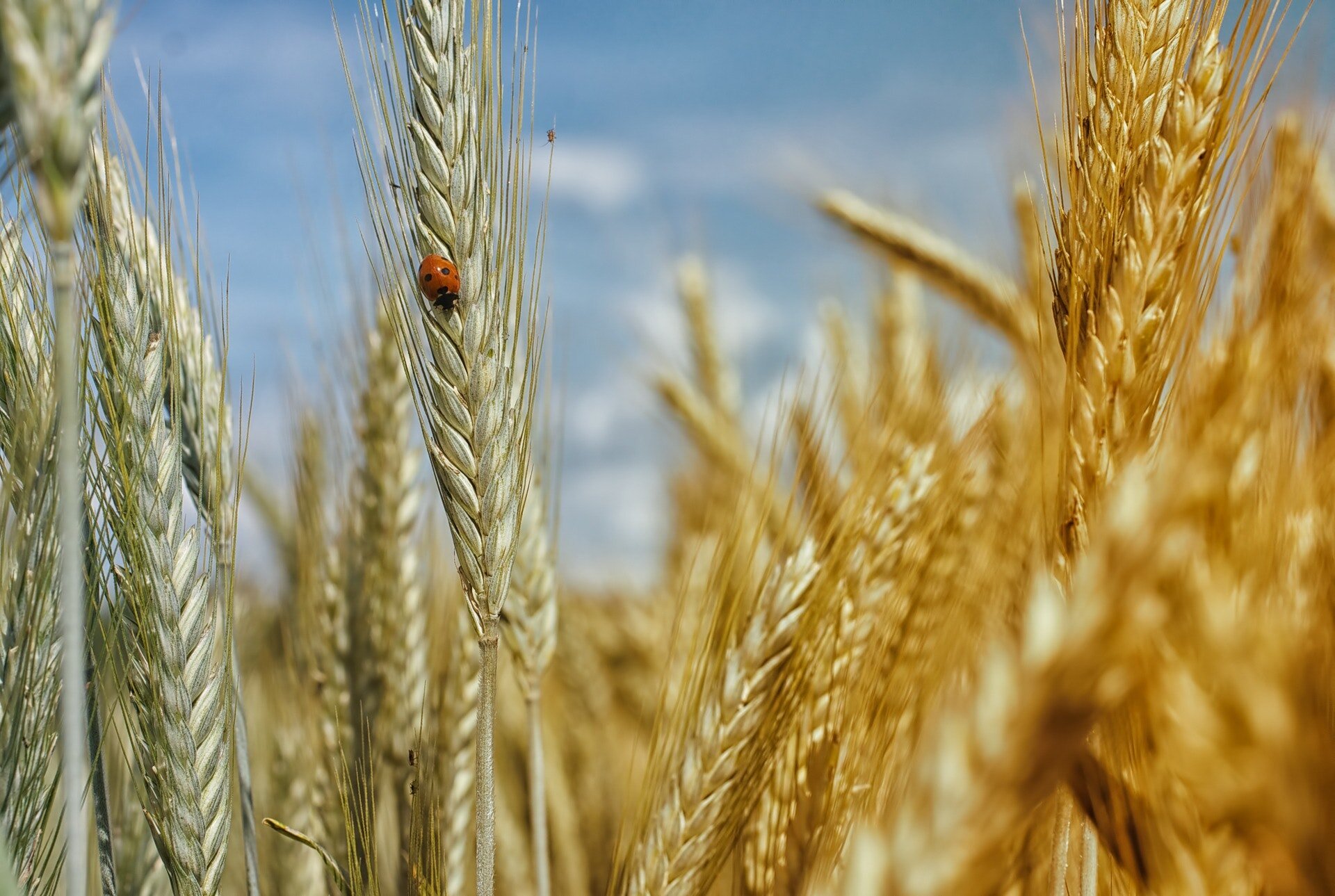7 Not-So-Healthy Foods, You Thought Were Healthy
/In my efforts to help women separate nutrition facts from fiction, I thought it was time to check out some foods that are either perceived to be healthy or advertised to make them seem healthier than they really are.
1. Granola –
GRANOLA
Better watch the portion you dish out because most store-bought versions are high in sugar and calories and list a smaller serving size than most cereals. Check the label carefully to find brands with at least 3 grams of fiber and no more than 6 grams of sugar. Or better yet, make your own from whole oats and nuts to maximize the fiber and heart healthy fat. You can find my Go Nuts for Granola! recipe here…
2. Bran Muffins –
BRAN MUFFIN
Yes, they have more fiber than a blueberry muffin, but that’s about the only benefit. They’re loaded with sugar, fat and calories in a small portion that leaves most women looking for more to eat an hour or two later.
3. Smoothies-
SMOOTHIE
Store bought versions are usually loaded with juice, sometimes frozen yogurt or liquid ice cream mix, making them a very expensive serving of fruit. When made from scratch with milk, plain regular or Greek yogurt, and frozen fruit, they’re a nutritional power house, but don’t expect the same benefits from most store-bought or restaurant versions.
4. Fat-free Salad dressing –
FAT-FREE SALAD DRESSING
Have you ever compared the ingredient list of a regular dressing and a fat-free dressing? It’s usually twice as long, filled with emulsifiers, natural and artificial flavors and other ingredients to keep the dressing in solution. Instead, cut the amount of dressing you use in half, buy oil-based dressings -- such as a vinaigrette instead of creamy dressings -- or make your own vinaigrette with olive oil, your favorite vinegar and spices.
5. Snack bars –
SNACK BARS
With as much as 15 grams of sugar these are dessert in disguise. As an alternative to cookies, candy or cupcakes, they are a lower calorie dessert, but don’t qualify as a healthy snack for kids or adults. Look for bars with ingredients you can pronounce (such as nuts, oats, dried fruit) and no more than 6 grams of sugar, unless they contain dried fruit, which is naturally occurring sugar, not added sugar or corn syrup.
6. Rice Cakes –
RICE CAKES
It’s true they’re low in calories and do have a crunch, but they’re also low in fiber and pretty much void of nutrients, which can lead to multiple servings to try to reach satisfaction. Instead top them with fresh salsa, hummus and roasted red pepper or almond butter to beef of the nutrients and filling-ness.
7. Veggie Burgers –
VEGGIE BURGERS
Have you checked the Nutrition Facts label on most frozen veggie burgers? If protein is what you’re after, most are about ¼ of the protein in a turkey or beef burger, and the ingredient list has many difficult-to-pronounce ingredients, along with artificial and “natural” flavors to try to mimic a beef burger. Restaurant versions can be healthy, but not always. Frequently veggie burgers are deep fried, so be sure to ask about the ingredients and how they’re prepared. There are many veggie burger recipes on the internet if you're adventurous and motivated to create a healthy version. I've tried a few recipes-- made with chickpeas, or black beans or quinoa -- I'm still searching for one that I would make again. If you have any veggie burger recipes you love, please send them my way!
Tell me about foods or products you’ve found that are portrayed as healthy, but not always so.
Want more help separating nutrition facts from fiction? Email me with your questions: Jill@jillwestrd.com and share this post with women you know.



















